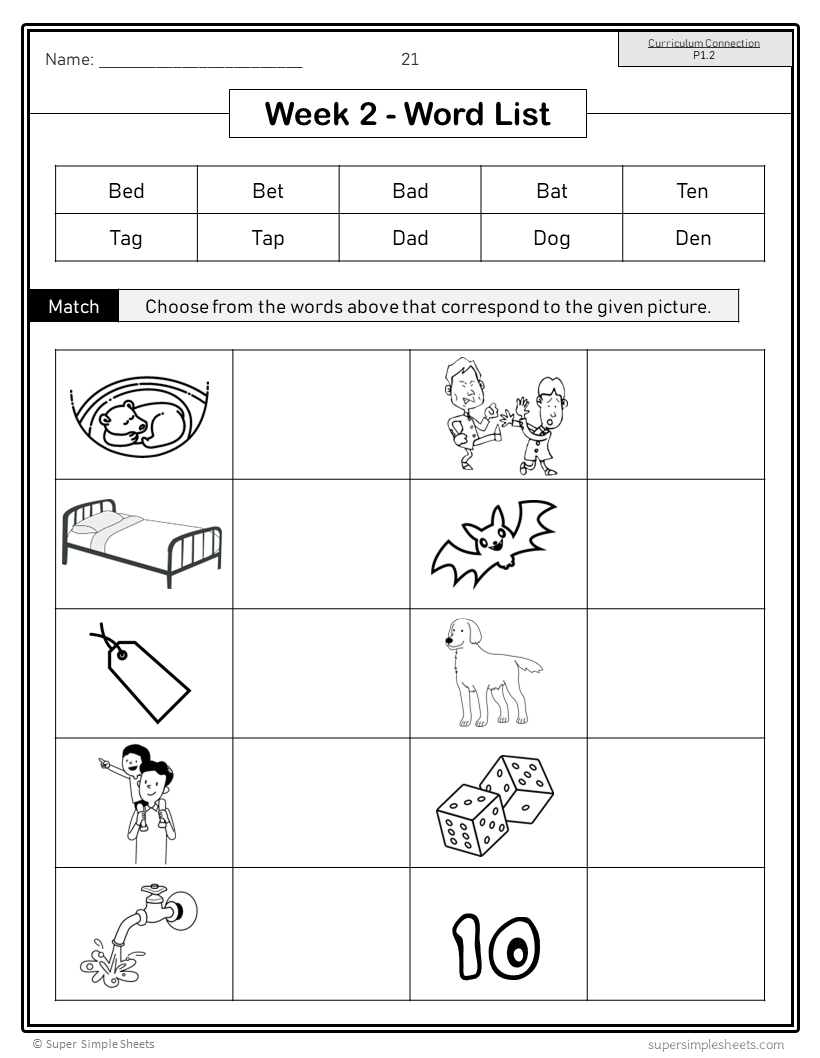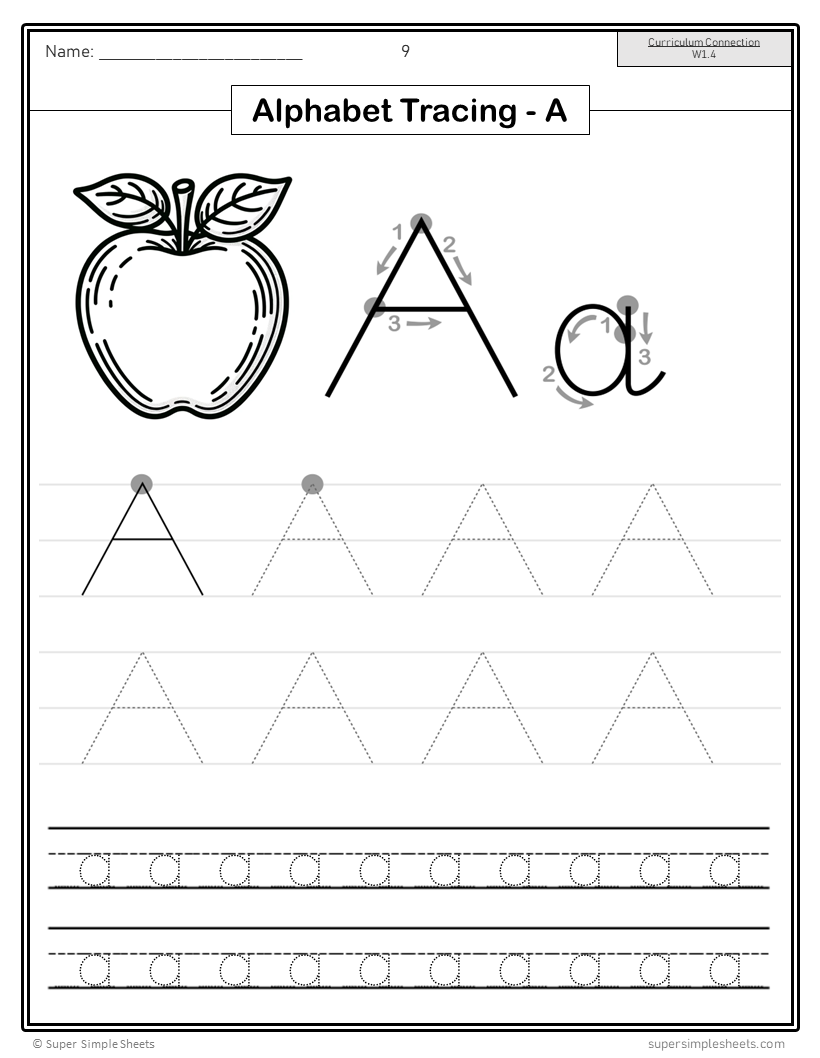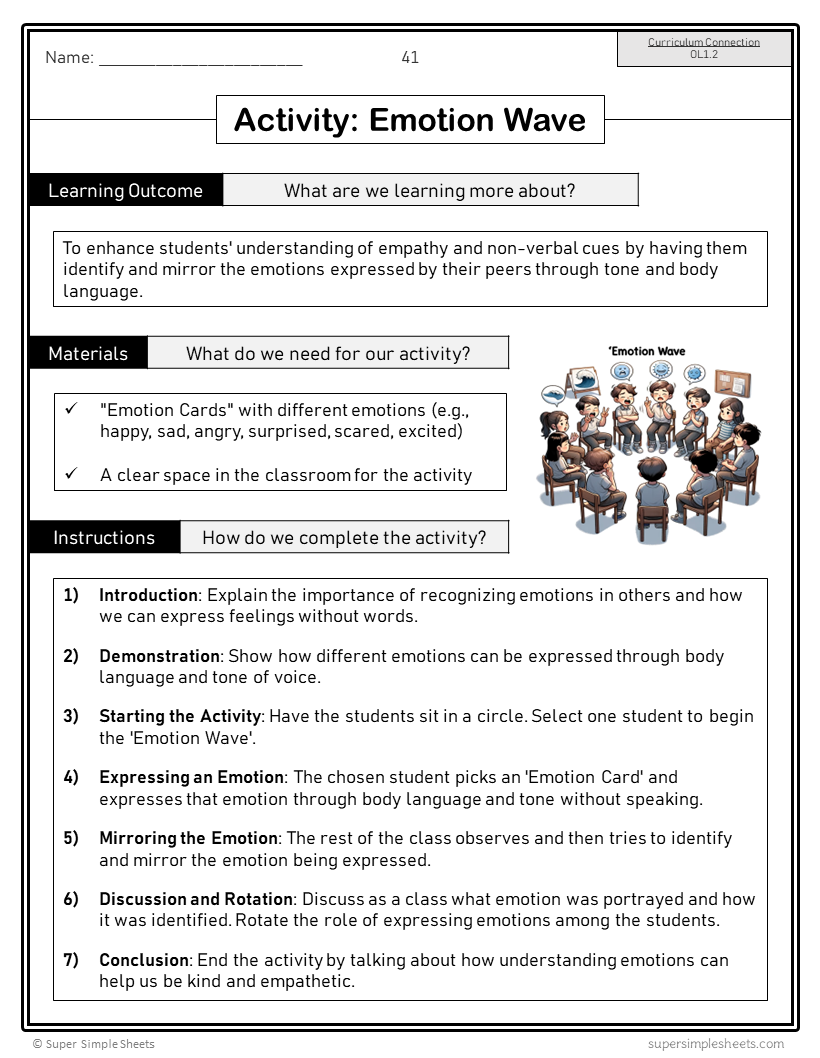Alberta Grade 1 Language Arts ELA - FULL YEAR BUNDLE - NEW 2023 Curriculum
Alberta Grade 1 Language Arts ELA - FULL YEAR BUNDLE - NEW 2023 Curriculum
Interested in a bundle? Shop below instead!
Couldn't load pickup availability
FULL YEAR BUNDLE - Teaching made easy! This NO PREP bundle includes everything you need to teach the NEW 2023 Alberta Grade 1 Language Arts (ELA) Curriculum.
BOTH GOOGLE SLIDES AND PDF VERSIONS INCLUDED!
Grade 1 - New Alberta 2023 Language Curriculum – Vocabulary, Conventions, Phonics, Phonological Awareness and Fluency. This resource covers all skills and procedures in the organizing ideas: Vocabulary, Conventions, Phonics, Phonological Awareness, and Fluency (ELA). The 450 pages teach the skills and procedures in these four curriculum areas.
Included in this unit are 30 weeks of ELA instruction, with weekly word lists that explicitly teach consonant clusters as well as vowel teams. Along with these Science of Reading principles, we have weaved in the skills and procedures students in grade 1 need to learn while working with these word lists.
Included in this resource are the organizing ideas below:
Vocabulary – tier 2 words, synonyms, antonyms, prefixes, suffixes, and compound words.
Fluency – identifying all 26 letters, blending sounds, and reading 125 high-frequency words automatically.
Phonics – recognize upper- and lower-case letters, consonants and vowels, letter sounds, long and short vowel sounds, and beginning, middle, and ending sounds.
Phonological Awareness – alliterative words, rhyming words, syllables, blending phonemes (sounds), substituting, deleting, and adding phonemes to create new words.
Conventions – capital letters, punctuation, complete thoughts, types of sentences, nouns and verbs, and spelling patterns.
Some of the concepts covered:
- Printing Practice
- Mastering Alphabetic Principles and Letter Identification
- Vowel and Consonant Recognition
- Identifying Beginning Sounds and Ending Sounds
- Understanding Vowel Sounds and Silent 'E' Rules
- Enhancing Reading Accuracy with Phonics
- Developing Spelling Proficiency and Word Structure
- Position-Based Tendencies
- Synonyms and Antonyms
- Compound Words
- Alliteration and Rhyming Words
- Spelling Patterns – VC, CVC, VCe
- Understanding and Using Base Words
- Exploring Word Formation with Prefixes and Suffixes
- Distinguishing Sentence Types and Applying Correct Punctuation
- Differentiating Singular and Plural Nouns
- Recognizing Common Adjectives
- Verbs: Tense, Agreement, and Usage
- Understanding Common Adverbs
- Identifying Common Conjunctions
- Expanding Vocabulary with Suffixes (-s, -es, -ies, -ing, -ed)
- Enhancing Language with Prefixes (un, re, dis, non)
- Sentence Construction: Fragments vs. Complete Sentences
- Types of Sentences: Interrogative, Exclamatory, Imperative, Declarative
- Capitalization Rules: Beginning of Sentences
- Vocabulary Development and Sentence Building
- Fluency readings for each week using the word list for that week
- Weekly quizzes (30 different assessments)
- Answer pages for all activities
Grade 1 - New Alberta 2023 Language Curriculum – Writing. This resource covers all skills and procedures in the 2023 Alberta Language Curriculum, within the organizing idea: Writing (ELA).
There are 396 activity sheets that are aligned to cover the learning outcome in the NEW Alberta 2023 Language Curriculum. Included are 10 blocks of content, each covering a different text form. Within each block, the skills and procedures are taught.
This is a language program developed by a language teacher. We have included exemplars for students to use to formulate success criteria so they can improve their writing quality. Moreover, we’ve scaffolded the skills involved with producing quality writing to ensure all students can progress.
In addition, we have included a full-year long range plan that outlines what concepts from the curriculum you will be teaching each week.
Some of the concepts covered:
- Letter Formation Practice: Correct patterns, size, spacing
- Word Printing Activities: Emphasizing placement and clarity
- Basic Sentence Structure: Fundamental sentence-writing guidelines
- Descriptive Sentence Development: Enhancing simple sentences
- What is a message?
- Purpose and audience of messages
- Peer message sharing – writing a message to a classmate
- Classroom rules poster – writing classroom rules
- Scrambled Sentences: Organizing jumbled words correctly
- Writing in Voices: Expressing different tones
- Sentence Picture Prompts: Visual writing inspiration
- Paragraph Writing Basics: Main idea focus
- Topic Sentence Crafting: Starting paragraphs effectively
- Concluding Sentence Techniques: Ending paragraphs clearly
- Paragraph Publishing Steps: Editing and finalizing
- Text Form Exploration: Discovering writing varieties
- Idea Brainstorming Methods: Generating creative content
- Mind Mapping: Visual idea organization
- Procedural Writing Structure: Step-by-step instruction writing
- Sequencing Tasks: Ordering instructions logically
- Publishing Instructions: Finalizing procedural texts
- Formal Letter Framework – Using appropriate greeting, signature
- Informal Letter Style
- Understanding Writing Voices: Audience-tailored writing
- Narrative Elements: Setting and characters
- Expressing Emotions: Describing feelings in writing
- Narrative Structure: Beginning, middle, end
- Publishing Narratives: Revising personal stories
- Opinion Debate Prep: Discussing varied topics
- Fact vs. Fiction: Strengthening arguments
- Researching – Completing a weather report
- Researching – Identifying the planets in our solar system
- Persuasive Fact Finding: Researching to convince
- Publishing Opinions: Finalizing persuasive texts
- Poetry Writing: Acrostic, haiku, limericks
- Report Crafting: Research, structure, publish
- Answer pages for all activities
Grade 1 - New Alberta 2023 Language Arts (ELA) Curriculum – Comprehension, Text Forms and Structures. This resource covers all skills and procedures in the organizing ideas: Text Forms and Structures as well as Comprehension. The 331 pages teach the skills and procedures in these two curriculum areas.
We’ve included a variety of activities, including independent reading responses, group activities, assignments, experiments, exemplars, and hands-on activities to keep your students engaged.
Included in this resource are the organizing ideas below:
Text Forms and Structures: taught throughout the unit, with the use of 10 different blocks of text forms, including narratives, reports, poetry, comic strips, letters, procedural writing, book reviews, persuasive writing, and biographies.
Comprehension: as students learn about the text forms and structures of different types of writing, they will practice reading comprehension skills. They will read these different text forms, and use before reading, during reading, and after reading comprehension strategies – inferencing, visualizing, predicting, summarizing, making connections, and questioning. We have also included an independent reading response booklet.
In addition, we have included a full-year long range plan that outlines what concepts from the curriculum you will be teaching each week/block.
Some of the concepts covered:
- What is a message?
- What is reading comprehension?
- Before reading: comprehension strategies – activating prior knowledge and reasons for reading
- During reading: comprehension strategies – questioning, making connections, inferences, predictions, visualizing
- After reading: comprehension strategies – summarizing, making inferences, visualizing
- Reading strategies: chunking words (compound words) and stretching words
- Independent reading texts and response questions
- Independent reading response package – booklet
- Imaginary (fiction) versus real (non-fiction) messages
- Environmental print – identify signs, symbols, and text
- Visualizing texts – listening to stories written above grade level
- Letter writing – making inferences
- Email versus letters – text forms and text patterns
- Sentence structure in letter writing
- Narratives – myths
- Indigenous cultural stories
- Narrator’s point of view
- Different points of view in stories
- Imaginary stories: fairy tales, fables, and realistic stories
- Literary devices in narratives – alliteration, onomatopoeia, and rhymes
- Sequencing the plot of a short story
- Cause and effect in short stories
- Procedural writing – following instructions to draw and make objects
- Comparing procedural writing – with visuals and without
- Text features in reports – headings, subheadings, table of contents, charts, pictures
- Summarizing reports – main idea
- Poetry – haiku, limerick, acrostic, and rhyming poems
- Visualizing poetry
- Indigenous poetry – critical thinking
- Literary devices in poetry – rhyme and alliteration
- Book reviews – finding bias and different points of view
- Graphic texts – timelines, comics, diagrams, infographics, maps
- Biographies – Isaac Newton, Tooth Fairy, Chris Hadfield, Mother Teresa
- Researching facts about a famous person
- Writing a biography about a friend
- Answer pages for all activities
Grade 1 - New Alberta 2023 Language Curriculum – Oral Communication. This resource covers all skills and procedures in the organizing idea: Oral Communication (ELA). The 101-page unit includes lesson plans for the teacher, prompts for the students, planning pages, and reflection questions for students to consolidate their understanding.
Included in this unit are 33 activities that are interactive and engaging for grade 1 students. As students complete the activities, they will build on their oral communication skills, obtaining the learning outcome stated in the curriculum. There are several activities provided for each skill and procedure listed in the curriculum.
We are proud to include everything you need to complete these activities. For example, if an activity asks for a story to be read, we provide the story. We’ve also included all emotions, story starters, expressions, and scenarios you need to complete the activities.
Some of the concepts covered:
- Activity - Simon Says Listening Game
- Activity: Listening Ears Drawing Adventure
- Activity: Mystery Box Storytime
- Activity: Picture Predictions
- Activity: Story Building Blocks
- Activity: Puppet Chat Time
- Activity: Story Circle Time
- Activity: Family Tree Tales
- Activity: Storytelling Protocols - My Storytelling Passport
- Activity: Voice Experimentation
- Activity: Dramatic Read-Aloud
- Activity: Volume Control Game
- Activity: Emotion Wave
- Activity: Feelings in Phrases
- Speak with Expression Activity
- Activity: Vocab Voyage
- Activity: Sentence Scramble
- Activity: Grammar Chain Stories
- Activity: Poetry Performance
- Activity: Music and Emotions
- Activity: Little Reporters News Desk
- Activity: Question Ball Toss
- Activity: Two-Step Challenge
- Activity: Listening Leader
- Activity: Classroom Charades
- Activity: Expression Charades
- Activity: Mystery Sounds
- Activity: Role-Play Relay
- Activity: Emoji Faces!
- Activity: Mime It Right!
- Activity: Silent Stories
- Activity: Picture Word Web
- Activity: Add-a-Phrase Relay Race
This is a comprehensive bundle that will save you hours of planning! It has everything you need to feel confident that you are covering the NEW Alberta Language Arts curriculum.
Share





The Alberta Language Arts Package covers all the concepts in the Alberta Curriculum. It is very useful and gives a clear outline to develop your yearly plan. However, more material could be added to cover each area in more detail.
I love the overall layout of the whole program. It’s nice to have the objectives right on the worksheets. The students are enjoying the activities. My only concern with using this with grade one is that all the words in the spelling have capital letters at the beginning and it would be nice to have a font that depicts the correct letter formations of “a” for learning to printing. In the printing practice lowercase, P does not hang below the line.








